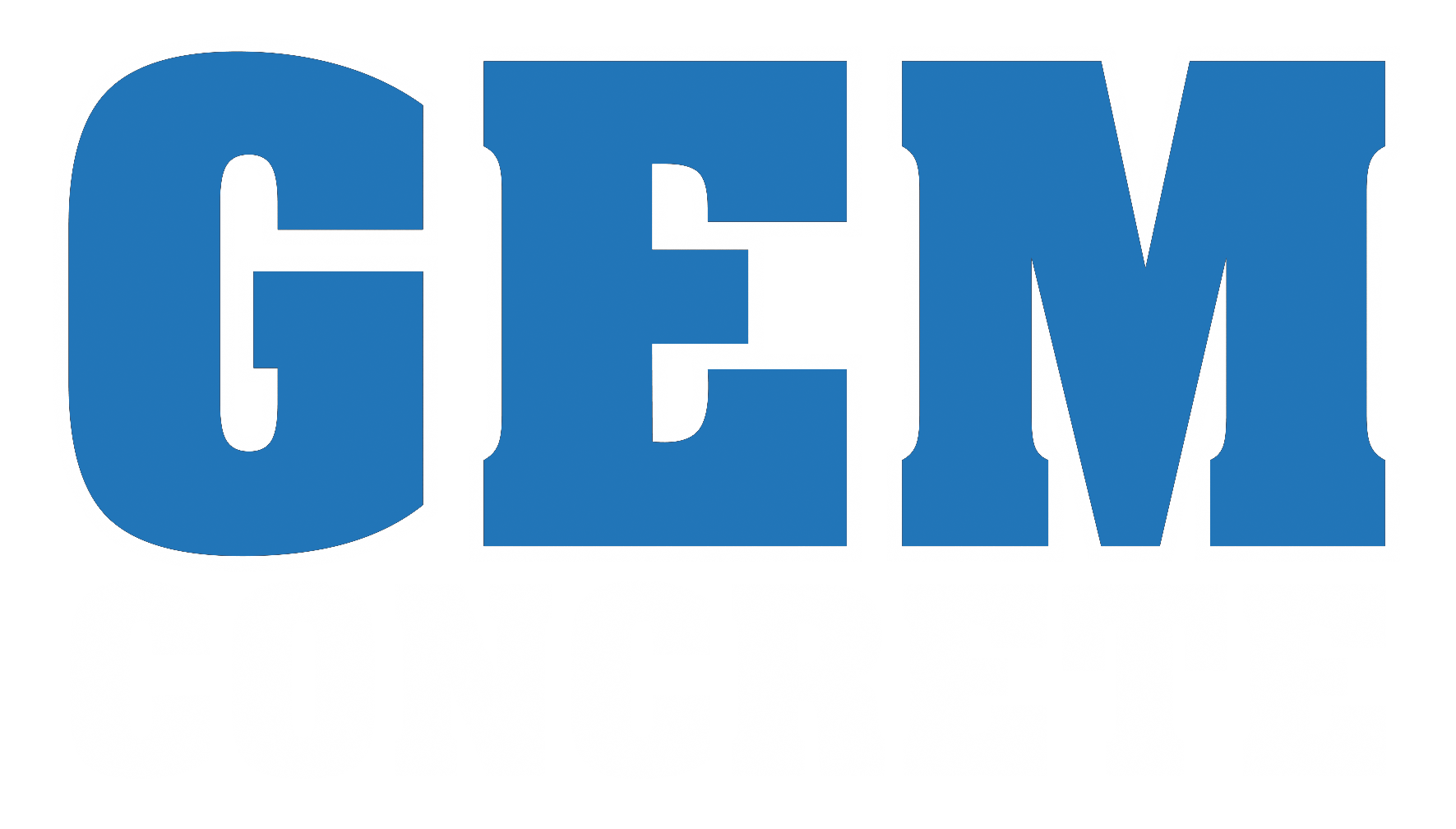Building with concrete-- which is made with cement-- produces resilient structures that can much better endure all-natural calamities. Absorbing all stages of production, concrete is claimed to be in charge of 4-8% of the world's CO2. Amongst materials, only coal, oil and gas are a better resource of greenhouse gases. Half of concrete's CO2 discharges are created throughout the manufacture of clinker, the most-energy intensive component of the cement-making procedure. By one estimation, we might have currently passed the point where concrete outweighs the consolidated carbon mass of every tree, bush and bush on earth.
- As one of the essential constituents of contemporary concrete, cement has actually been around for a long time.
- In regular structural concrete, the character of the concrete is mainly figured out by a water-to-cement proportion.
- The majority of concrete is poured with reinforcing products (such as steel rebar) ingrained to give tensile toughness, yielding strengthened concrete.

Asphalt Concrete
All concrete structures break to some degree, due to shrinking and tension. The top quality of the recycled aggregate concrete is established by numerous aspects, including the size, the variety of replacement cycles, and the moisture degrees of the recycled aggregates. When the recycled concrete aggregates are crushed into coarser fractures, the combined concrete reveals better permeability levels, leading to an overall boost in stamina. On the other hand, recycled stonework aggregates give much better qualities when crushed in finer fractures. With each concrete construction generation of recycled concrete, the resulting compressive toughness decreases.
This can be refined by lowering the water-cement measurable connection to a minimum of 0.35 or reduced. The reduced water-cement measurable connection makes this sort of cementless possible. To combat this weakness, superplasticizers are apart from the here and now concrete combine. The primary benefits of cement concrete are its toughness, sturdiness, and fire resistance. It is additionally relatively reduced maintenance and can be easily fixed if harmed.
Currently, a team of private investigators from MIT, Harvard University, and laboratories in Italy and Switzerland, has actually made development in this area, uncovering old concrete-manufacturing methods that integrated numerous key self-healing performances. The findings are published today in the journal Science Developments, in a paper by MIT professor of civil and environmental design Admir Masic, former doctoral pupil Linda Seymour '14, PhD '21, and four others. Pervious concrete can dramatically minimize sound, by permitting air to be squeezed in between lorry tyres and the road to get away. This product can not be utilized on significant U.S. state highways currently due to the high psi ratings called for by most states. Additionally, moves are being made to analyze the possibility of using recycled concrete, however, problems such as moisture content and material variability might make this unviable.

Where is RCC used?
. It is mostly utilized in the building and construction of structures of rooftops of the building, highway building and construction, precast structures, floating structures, hydro-power tunnels, watering canals, drainpipe, and all various other conceivable frameworks.
Lightweight foam blocks or panels are set up in the form of a structure's wall surfaces, strengthened, after that full of concrete to cause cast-in-place concrete wall surfaces that are sandwiched in between 2 layers of insulation. ICF wall surfaces are air-tight, strong, insect and fire-resistant, and resilient in severe weather. ICF structures offer premium power and sound-blocking performance for silent, comfy insides. Concrete that has a density lower than 1920kg/m3 is classified as light-weight concrete. The application of light-weight aggregates in a concrete style can supply us with light-weight accumulations. Accumulations are the important part that adds to the density of the concrete.
Enhanced Concrete
Concrete is a favored product for street paving due to its durability, skid-resistance, and capability to stand up to heavy lots. Concrete roads are low-maintenance and can last for years with proper care. They are likewise resistant to oil and gas spills, making them an excellent choice for high-traffic areas. Erosion Control & Seepage Control on large, uniformly profiled framework such as canals, irrigation channels, rivers and hydroelectric networks. Pervious concrete is an unique type of concrete with large openings that permits water to travel through, aiding in stormwater administration. Use pervious concrete is amongst the most effective Administration Practices recommended by the EPA and other agencies for the administration of stormwater drainage.
The qualities of concrete are identified by the aggregate or concrete made use of, or by the approach that is used to create it. The water-to-cement proportion is the figuring out factor in common structural concrete with a lower water content leading to a more powerful concrete. It is an essential building and construction product utilized thoroughly in structures, bridges, roads and dams. Its uses range from structural applications, to paviours, kerbs, pipelines and drains. The Grand Coulee Dam in Washington, finished in 1942, is the largest concrete framework ever constructed. Excavation called for the removal of over 22 million cubic yards of dirt and stone.
The term architectural concrete refers to concrete that serves an architectural feature while offering a cosmetically appealing coating. Ornamental concrete is commonly made use of for concrete flatwork or non-structural structure aspects that are improved with appearance or color for aesthetic appeal. Whether you're developing wide areas or minute details, concrete completely records the look you want.